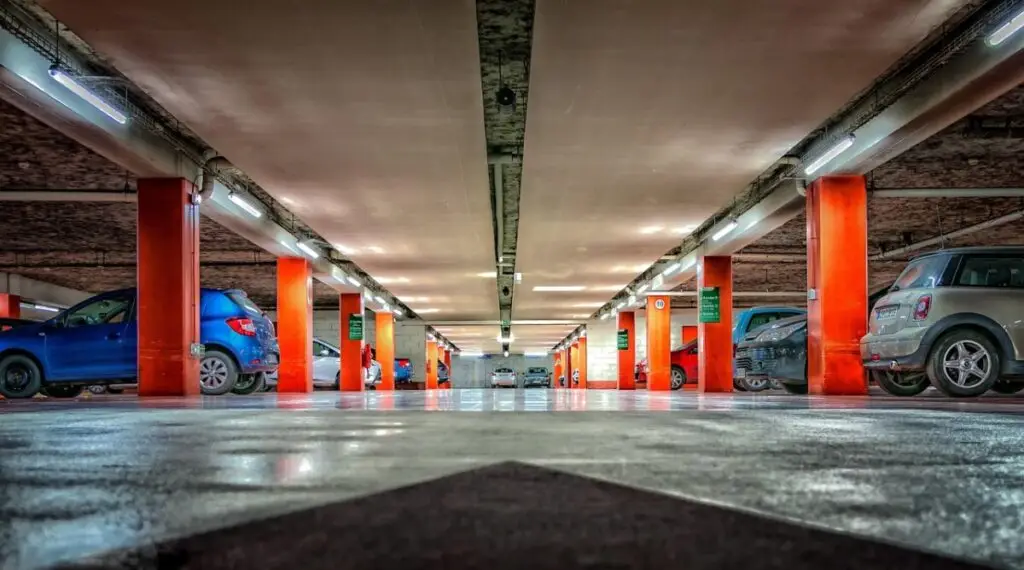Introduction
Garage flood lights play a crucial role in enhancing safety and security for residential and commercial properties. These powerful lights provide broad, high-lumen illumination, reducing blind spots, deterring potential intruders, and increasing visibility for vehicles and pedestrians. Whether for a home garage, parking lot, or industrial facility, selecting the right flood light improves both functionality and energy efficiency. This guide explores the benefits of garage flood lights, essential features to consider, and best practices for installation.
Benefits of Garage Flood Lights
1. Enhanced Security & Crime Prevention
- Deters trespassers and intruders by eliminating dark areas.
- Motion-activated flood lights surprise potential burglars.
- Integrated security camera compatibility improves surveillance effectiveness.
2. Improved Safety for Vehicles & Pedestrians
- Provides clear visibility for parking and reversing.
- Reduces accident risks in driveways and commercial garages.
- Helps pedestrians navigate safely in dimly lit areas.
3. Weather-Resistant & Durable Designs
- IP65/IP67-rated flood lights withstand rain, dust, and extreme temperatures.
- Corrosion-resistant aluminum housings ensure longevity.
- Tempered glass lenses protect against impact damage.
4. Energy Efficiency & Smart Control Features
- LED flood lights consume 70-80% less energy than halogen or HID lights.
- Motion-sensor activation conserves power by lighting only when needed.
- Dusk-to-dawn sensors ensure automatic operation, reducing manual effort.
Key Features to Consider
1. Lumen Output & Beam Angle
- 5,000–10,000 lumens for standard residential garages.
- 10,000–30,000 lumens for commercial parking garages.
- Wide 120° beam angles provide uniform illumination.
2. Motion Sensor & Dusk-to-Dawn Functionality
- PIR motion sensors activate lights upon detecting movement.
- Photocells enable automatic operation from sunset to sunrise.
- Ideal for high-traffic areas and security-sensitive locations.
3. Mounting Options & Adjustability
- Wall-mounted flood lights for targeted lighting.
- Pole-mounted or soffit installations for broader coverage.
- Adjustable heads provide customizable light direction.
4. Smart Integration & Remote Access
- Wi-Fi-enabled flood lights allow remote control via apps.
- Works with Amazon Alexa, Google Home, and security systems.
- Ideal for real-time monitoring and smart home integration.
Installation & Placement Tips
1. Optimal Mounting Height
- 8–12 feet for residential garages.
- 12–20 feet for commercial applications.
- Higher mounting reduces glare and light pollution.
2. Strategic Light Positioning
- Angle flood lights away from direct eye contact to reduce glare.
- Cover garage doors, walkways, and parking spaces evenly.
- Avoid excessive overlap that can cause shadowed blind spots.
3. Proper Wiring & Voltage Considerations
- 120V AC for standard residential lighting.
- 277V–480V for industrial and commercial settings.
- Always follow NEC and UL safety standards during installation.
Conclusion
Garage flood lights are a critical component in enhancing security, safety, and visibility for both residential and commercial applications. Motion sensors, smart connectivity, and energy-efficient LED technology make them an effective solution for modern lighting needs. Proper selection and strategic placement ensure maximum coverage while minimizing energy waste. As smart lighting and automation continue to evolve, future advancements in AI-driven flood lights and solar-powered security lighting will further revolutionize outdoor illumination.


